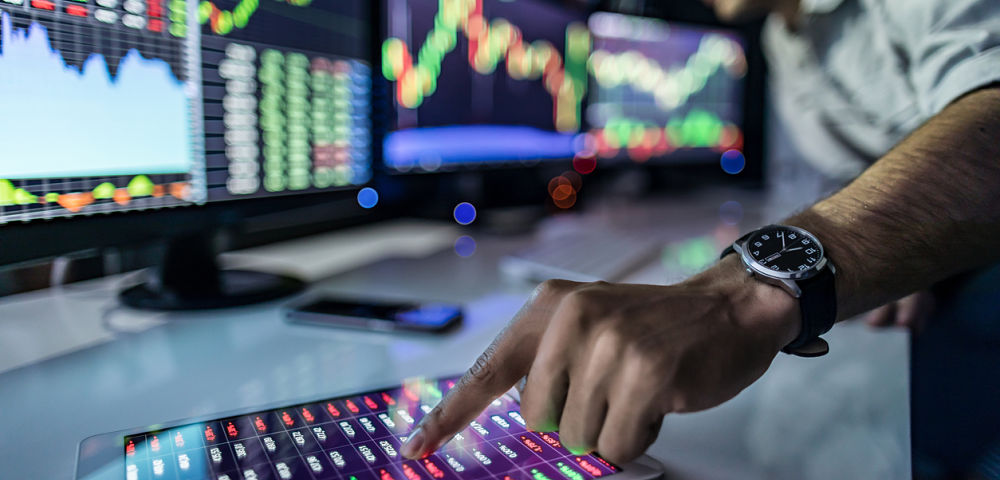In Robo Market, Trade Small Amounts, Take Profits Using ETFs, Options

The best way to fight another day is to trade small amounts over the short term and to use tight money management techniques such as using ETFs, options, and taking profits at reasonable targeted areas on price charts when prices reach them, asserts Joe Duarte, MD.
For a couple of days last week, I thought maybe the bull market was going to be resurrected. But by the end of the week, I had once again donned my doubter’s hat. And if recent history is any clue to the future, we could see a 3-5% move up in stocks at any time, followed by something just as dramatic to the downside in a few days.
In fact, given the current environment, the best state of mind may be to be prepared for the unexpected.
Yet rather than being sour, this is a good time to review the major influences in the market over the last few years. Indeed, in this market, unlike in the not so distant past, price movement is not about human traders, investors, mutual funds and hedge funds sorting through the available information and placing their bets.
Instead, today’s market is all about robotic trading algorithms reading headlines and triggering knee jerk trades based on rudimentary technical analysis and who knows what other voodoo tricks. And since robots just follow canned instructions, the market moves on just about every piece of somewhat important sounding items in the news.
Furthermore, due to the overhang effect of a decade of zero interest rates, central banks buying stocks, the distorting effects on revenues and earnings of billions in stock buybacks, along with an increasingly volatile political situation, it’s hard to get a feel for any tradable trend for longer than a few days at best. Yes, we are living in a market which is rocked on a frequent basis by multiple distortions which trigger the robot trade programs and down the rabbit hole we go.
Note the digital precision in the market’s turn around as the NYAD’s tagging of the upper Bollinger Band led to an immediate rolling over of the trend. Note also the sudden reversal in RSI and ROC suggesting the next move is to the down side.
So given what we’ve seen in the last month the best guess I can make, based on NYAD’s current trajectory, is that we may be in the early stages of a consolidation period where the daily gyrations in prices will slowly decrease and that at some point when volatility is extremely low will eventually break into the new market’s trend.
Lower highs and lower lows make for a down trend
Even as the NYAD suggests a sideways trend for the near future, the S&P 500 (SPX) and to a slightly lesser degree, the Nasdaq 100 (NDX) indexes are suggesting that the heavily weighted stocks in the indexes – mostly technology and banks – are getting sold. This is especially visible in SPX, where a pattern of lower highs and lows is increasingly apparent.
Couple the obvious short term down trend in the indexes with a rise in volume on down days (pink volume bars), a breakdown in the Accumulation Distribution (ADI) and the On Balance Volume (OBV) indicators and it’s becoming very difficult to be bullish about the whole market.
Patience is the antidote to confusion
What am I then if not bullish or bearish these days? To be honest, I am patient and careful.
I don’t really care if I’m not getting rich right now. Mostly I’m trying to stay in the game and not give the robots my hard-earned money.
Someday there will be a clear trend, up or down and when that trend is clearly discernible, you and I will be glad we preserved our capital by being prudent during this difficult period in the markets.
Joe Duarte is editor of In The Money Options.
Joe Duarte is author of Trading Options for Dummies, now in its third edition. He writes about options and stocks at www.joeduarteinthemoneyoptions.com.
About MoneyShow.com: Founded in 1981, MoneyShow is a privately held financial media company headquartered in Sarasota, Florida. As a global network of investing and trading education, MoneyShow presents an extensive agenda of live and online events that attract over 75,000 investors, traders and financial advisors around the world.



